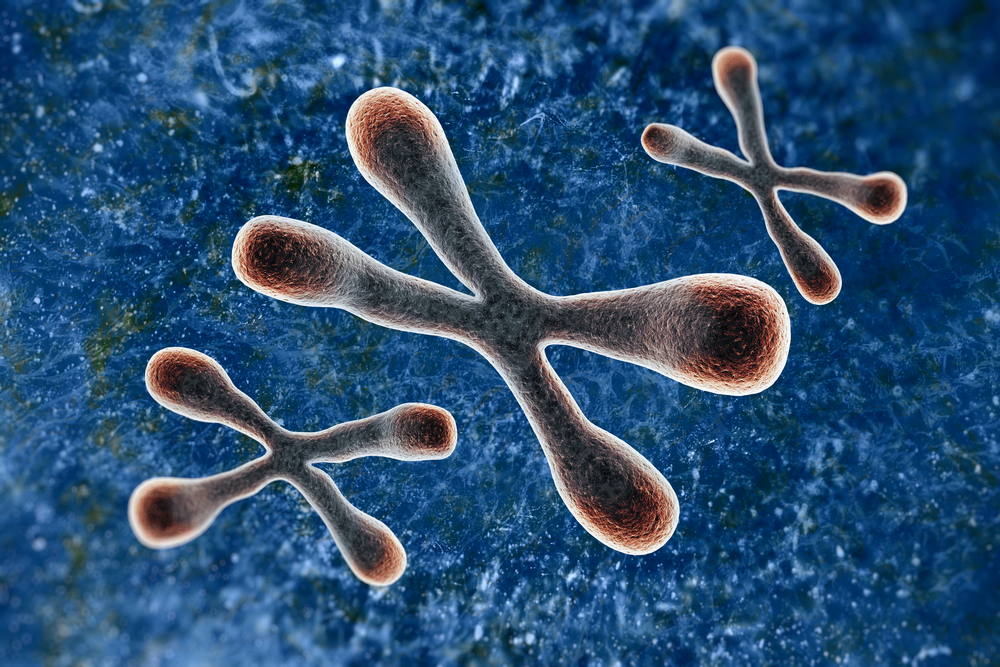Subtypes of Sanfilippo Syndrome

Sanfilippo syndrome is a progressive genetic disorder marked by continual damage to brain cells and early death. There are four subtypes of Sanfilippo, each caused by a specific genetic mutation that corresponds to a lack of a given enzyme’s activity.
What are the subtypes?
The type of Sanfilippo syndrome a person has depends on which gene is faulty. Each subtype, however, generally is marked by shared disease characteristics, including language delay and loss, intellectual disability, coarse facial features, hyperactivity, autism spectrum disorder, mobility loss, sleeping problems, and epilepsy. Symptoms arise and grow in severity with disease progression.
Sanfilippo type A
Sanfilippo type A is the most common and severe form of this disease. Patients with this type usually have an earlier disease onset and shorter life expectancy than those with other Sanfilippo types. Most do not survive their teenage years, as Sanfilippo currently lacks an effective treatment.
Mutations in the SGSH gene that resides on chromosome 17 cause Sanfilippo type A. These mutations lead to either a total loss or little of heparan N-sulfatase enzyme activity. This enzyme plays a role in removing sulfate molecules from the end of heparan sulfate. Without this activity, heparan sulfate builds inside cells and progressively damage them. More than 80 different mutations in the SGSH gene are currently known to cause Sanfilippo type A.
Sanfilippo type B
Mutations in the NAGLU gene that also resides on chromosome 17 cause Sanfilippo type B. These mutations lead to a reduction or lack of a working alpha-N-acetylglucosaminidase enzyme. The role of this enzyme is to remove a sugar called N-acetylglucosamine from the end of heparan sulfate. The failure of this enzyme, once again, causes heparan sulfate to accumulate inside cells, damaging them.
Patients with Sanfilippo type B may live slightly longer than those with type A disease, but rarely beyond adolescence.
Sanfilippo type C
Mutations in the HGSNAT gene on chromosome 8 lead to Sanfilippo type C. HGSNAT contains the information necessary for cells to make an enzyme called heparan-alpha-glucosaminide N-acetyltransferase. This enzyme adds an acetyl group to the end of heparan sulfate to prepare it for breaking down. When it does not function properly, heparan sulfate only partly breaks down (limited degradation), and accumulates inside cells to cause damage.
Children with Sanfilippo type C may live into early adulthood. But this disease generally is deadly before then.
Sanfilippo type D
Sanfilippo type D is caused by mutations in the GNS gene that resides on chromosome 12. This gene encodes for the N-acetylglucosamine-6-sulfatase enzyme, which removes a sulfate group when an N-acetylglucosamine-6-sulfate is located at the end of heparan sulfate. As with other types of Sanfilippo syndrome, the mutations lead to the enzyme not working properly and a toxic accumulation of heparan sulfate in cells.
Sanfilippo type D is very rare, and only four case studies (novel mutations and a large deletion) inside the GNS gene have been reported to date.
How do doctors diagnose by subtype?
A diagnosis of Sanfilippo syndrome starts with a general analysis of symptoms, followed by looking at heparan sulfate levels in the urine. If suspected, physicians will then request a genetic test to confirm a diagnosis and determine the gene affected.
Does treatment vary by subtype?
Currently no disease-modifying treatments for Sanfilippo syndrome exist, with available treatments aiming to ease symptoms. Use of these treatments do not depend on a person’s disease subtype.
Researchers are working on two experimental treatments, enzyme replacement therapy and gene therapy, which will be specific to the disease subtype.
Enzyme replacement therapy involves providing the body with the missing or malfunctioning enzyme, while gene therapy involves replacing the faulty gene with a healthy version. Both treatment approaches are in early states of development.
Last updated: Nov. 10, 2020
***
Sanfilippo Syndrome News is strictly a news and information website about the disease. It does not provide medical advice, diagnosis or treatment. This content is not intended to be a substitute for professional medical advice, diagnosis, or treatment. Always seek the advice of your physician or other qualified health provider with any questions you may have regarding a medical condition. Never disregard professional medical advice or delay in seeking it because of something you have read on this website.






